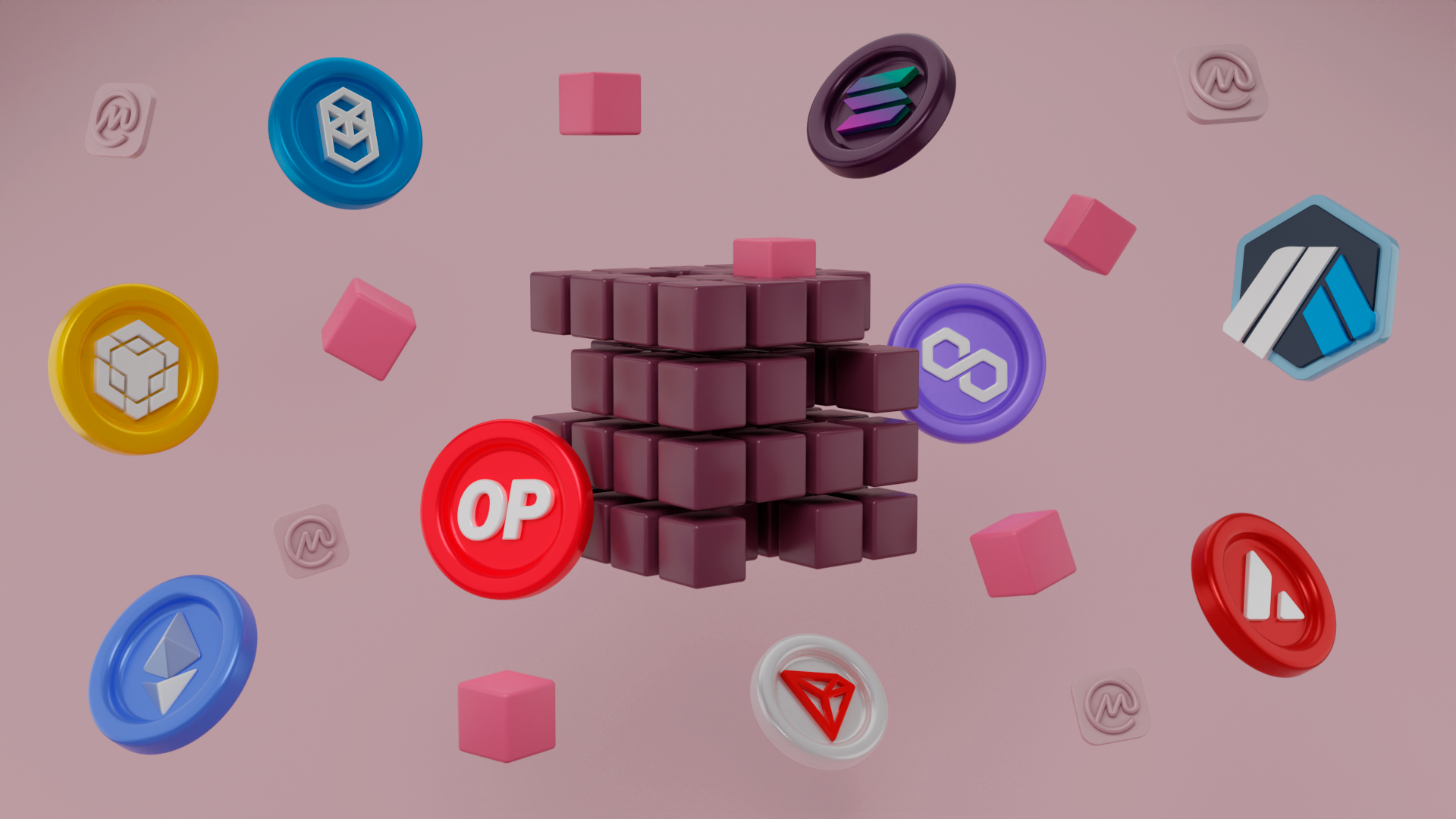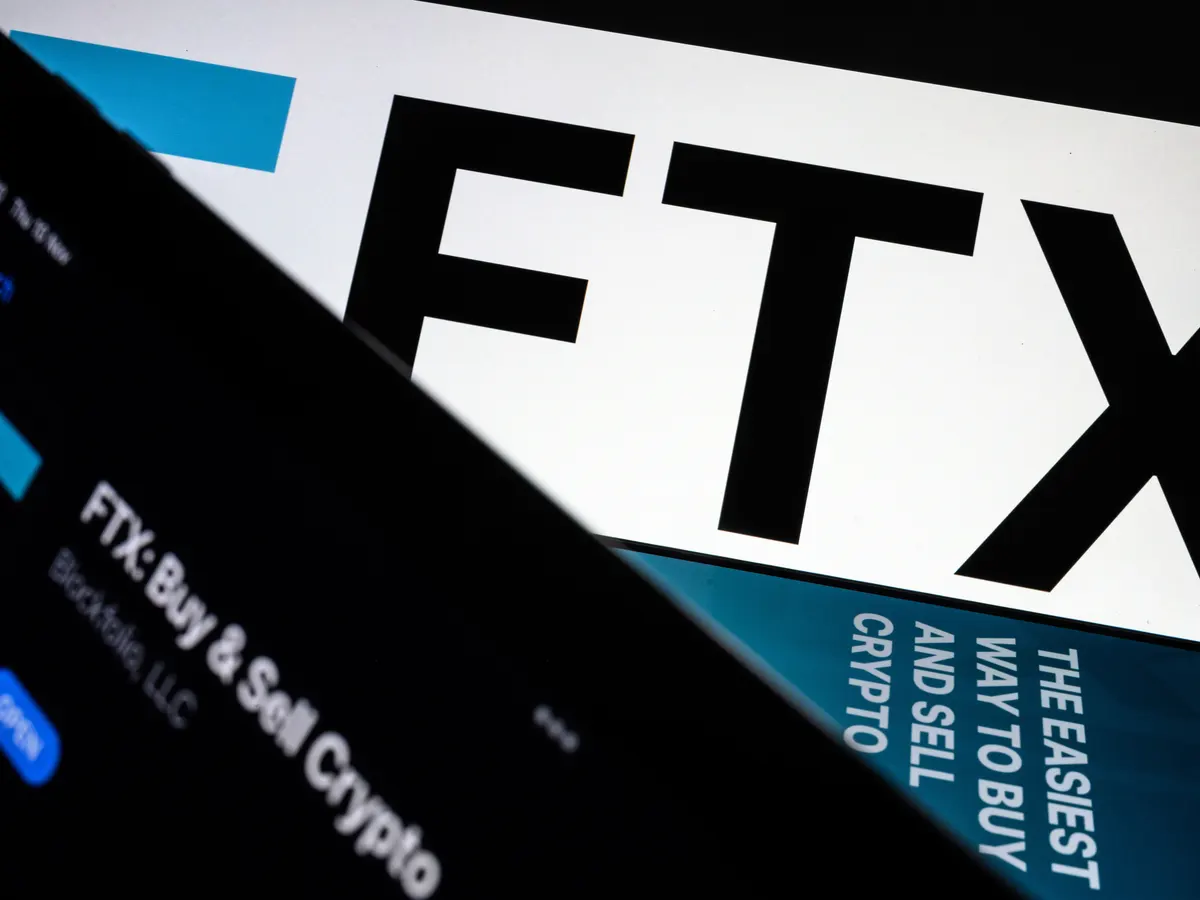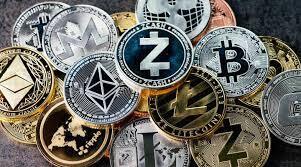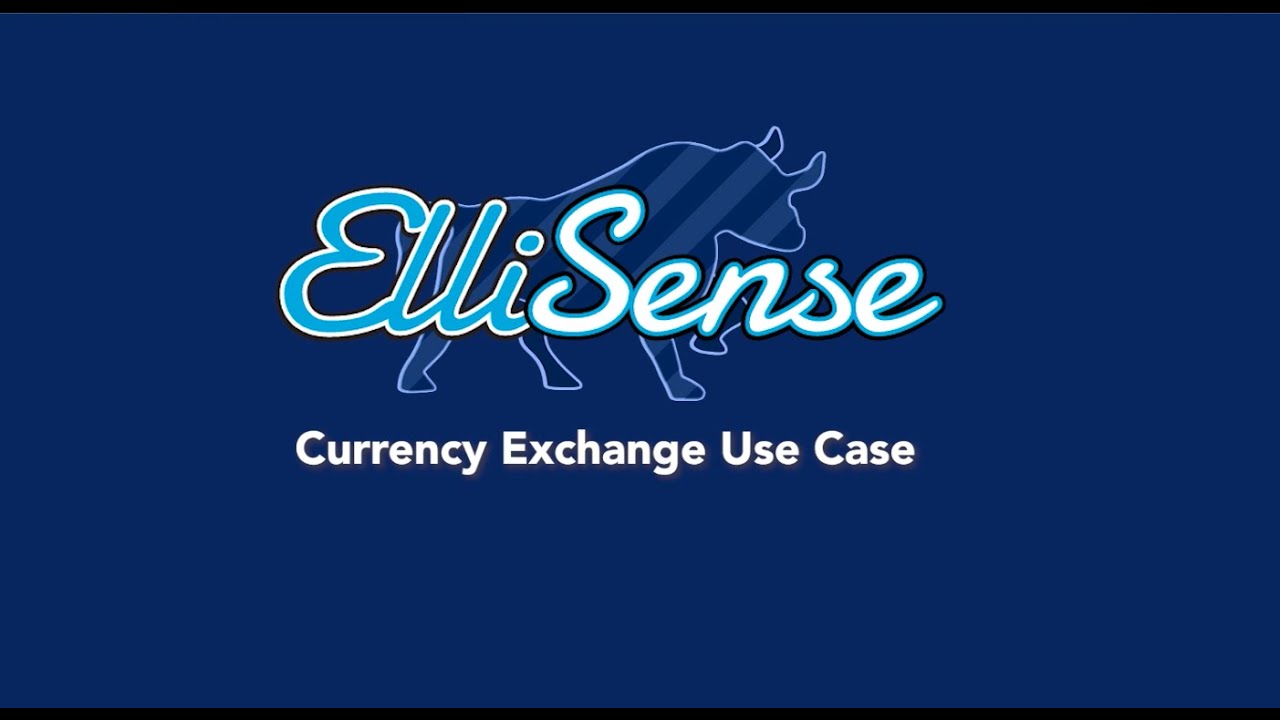Multichain DeFi vs Ethereum Dominance
Explore the battle between Multichain DeFi and Ethereum dominance. Learn how the decentralized finance landscape is evolving.

Decentralized Finance (DeFi) has undeniably been one of the most transformative developments in the world of cryptocurrencies. What started as an experimental concept has grown into a full-fledged ecosystem, redefining traditional finance. DeFi crypto, decentralized finance apps, and platforms have captured the imagination of investors, developers, and enthusiasts alike. In this article, we will delve into the rise of?Multichain DeFi?and its impact on Ethereum's long-standing dominance. As we explore the top DeFi platforms and upcoming DeFi projects, we'll witness the shift in momentum towards a more versatile and interconnected DeFi landscape.
The Genesis of DeFi
The DeFi movement began as an ambitious endeavor to create financial services that operate on a blockchain, eliminating intermediaries and offering a more inclusive system for anyone with an internet connection. Ethereum was the pioneer in this realm, providing the infrastructure for?DeFi platforms?to build upon. Ethereum's smart contract capabilities made it the go-to choice for developers creating DeFi applications.
Decentralized Finance on Ethereum
Ethereum's dominance in the DeFi space was unparalleled. It boasted a plethora of DeFi apps and platforms, handling a significant portion of the total DeFi cryptocurrency market. Its native cryptocurrency, Ether (ETH), served as the lifeblood of the DeFi ecosystem. DeFi investment flowed primarily through the Ethereum network, contributing to its meteoric rise.
The Emergence of Multichain DeFi
However, as the DeFi space continued to grow, Ethereum faced challenges such as network congestion and high gas fees. This gave rise to Multichain DeFi, a new paradigm where multiple blockchain networks are used to host DeFi applications. This diversification aims to address the scalability issues that Ethereum encountered.
Diversifying the Ecosystem
Multichain DeFi platforms now offer alternatives to Ethereum-based DeFi apps. These platforms utilize a range of cryptocurrencies, making DeFi investment accessible to a broader audience. As the?DeFi crypto?market expands, it's crucial for DeFi platforms to adapt and scale to meet growing demand. This adaptability is where Multichain DeFi shines.
The Battle of the Titans: Multichain DeFi vs. Ethereum
The rise of Multichain DeFi platforms has created a competitive landscape, challenging Ethereum's dominance. While Ethereum remains a critical player, it's no longer the sole destination for DeFi investment. Investors and developers now have more choices, thanks to the emergence of various Multichain DeFi platforms.
Top DeFi Platforms in the Multichain Era
Several top DeFi platforms have gained prominence in the Multichain DeFi ecosystem. These platforms offer diverse features, use cases, and native cryptocurrencies. Some of the leading contenders include Binance Smart Chain, Solana, Polkadot, and Avalanche. Each of these platforms provides a unique set of benefits, including faster transaction speeds, lower fees, and enhanced interoperability.
Binance Smart Chain: The Challenger
Binance Smart Chain (BSC) has rapidly emerged as a strong competitor to Ethereum. BSC offers fast and low-cost transactions, making it an attractive choice for DeFi apps and projects. The Binance Coin (BNB) serves as the native cryptocurrency and plays a pivotal role in the BSC ecosystem. As a result, BSC has garnered significant attention from both developers and DeFi investment enthusiasts.
Solana: The Scalability Solution
Solana is another blockchain platform that has risen to prominence in the Multichain DeFi space. It boasts lightning-fast transaction speeds and low fees, making it a suitable choice for DeFi platforms seeking scalability. The Solana ecosystem's native cryptocurrency, SOL, has gained traction, attracting DeFi investment from various quarters.
Polkadot and Avalanche: The Interoperability Pioneers
Polkadot and Avalanche are known for their focus on interoperability. These platforms aim to create an interconnected DeFi landscape where projects from different blockchains can seamlessly collaborate. Polkadot's DOT and Avalanche's AVAX are the respective native tokens that power their ecosystems, playing pivotal roles in facilitating DeFi investment and collaboration.
Challenges for Ethereum
As Multichain DeFi platforms gain momentum, Ethereum faces challenges to maintain its dominance. High gas fees and network congestion have pushed developers and users to explore alternatives. Although Ethereum is working on solutions like Ethereum 2.0 to improve scalability, the competition remains fierce.
Upcoming DeFi Projects in the Multichain Ecosystem
The future of DeFi lies in its ability to innovate and adapt. With Multichain DeFi platforms offering diverse capabilities, upcoming DeFi projects have an array of options to explore. These projects can choose the platform that best suits their requirements, whether it's speed, security, or specific features.
The Role of Decentralized Finance Apps
Decentralized finance?apps are the building blocks of the DeFi ecosystem. They provide services such as lending, borrowing, trading, yield farming, and more. As the DeFi landscape evolves, these apps will play a pivotal role in shaping the future of finance. The choice of platform for these apps will be a critical decision for developers and investors.
The DeFi Cryptocurrency Market
The DeFi cryptocurrency market is expanding rapidly. With the rise of Multichain DeFi, the variety of cryptocurrencies used within the DeFi ecosystem is diversifying. While Ethereum's Ether remains a significant player, other cryptocurrencies are gaining traction as well. This diversity ensures that DeFi investment can cater to different risk appetites and preferences.
A Multichain DeFi Future
The rise of Multichain DeFi has significantly impacted Ethereum's dominance in the DeFi crypto space. While Ethereum remains a critical player, the advent of various Multichain DeFi platforms has created a competitive and diversified ecosystem. The choice of platform, whether it's Ethereum, Binance Smart Chain, Solana, Polkadot, or Avalanche, depends on the specific needs of?DeFi apps?and projects.
As the DeFi landscape continues to evolve, it is clear that decentralization, accessibility, and scalability are at the forefront of innovation. The Multichain DeFi era brings forth the promise of a more inclusive and interconnected financial system, giving DeFi enthusiasts, investors, and developers a myriad of options to explore, invest, and innovate. This dynamic landscape is a testament to the ever-evolving nature of the cryptocurrency and DeFi space.
What's Your Reaction?
















